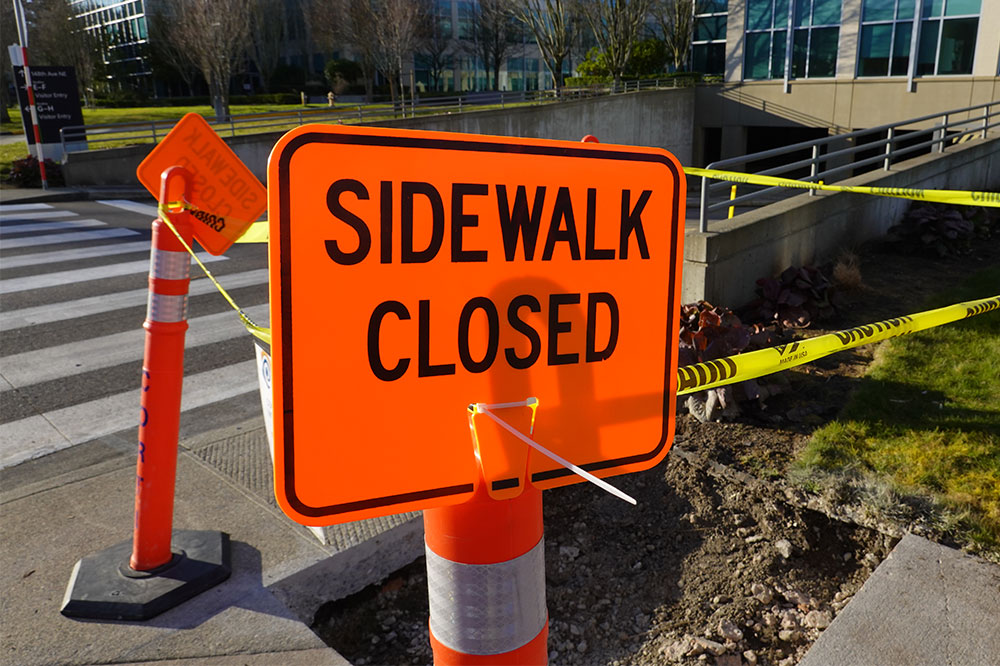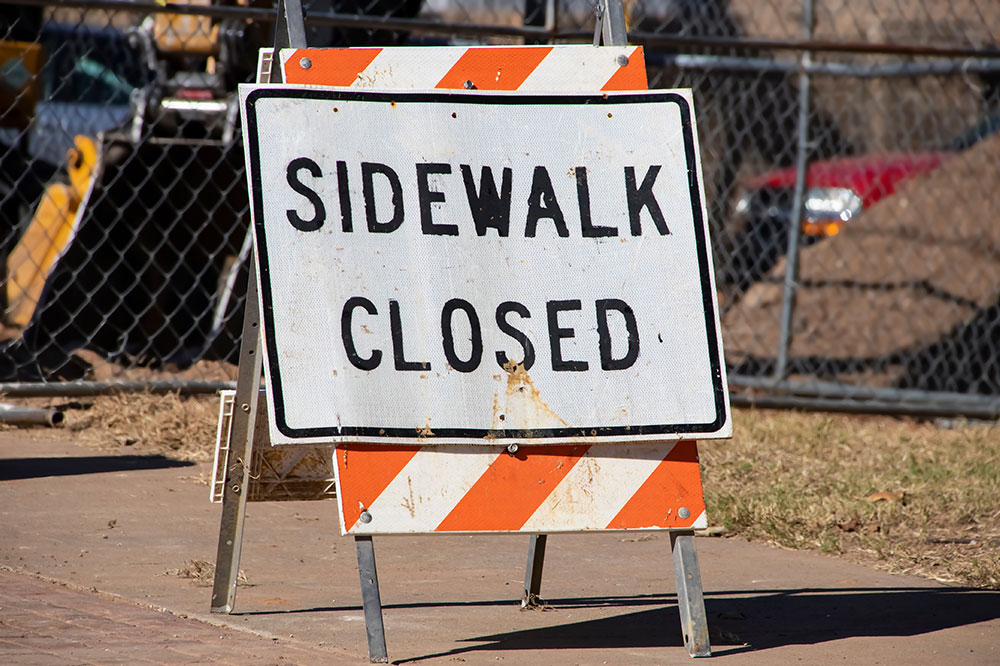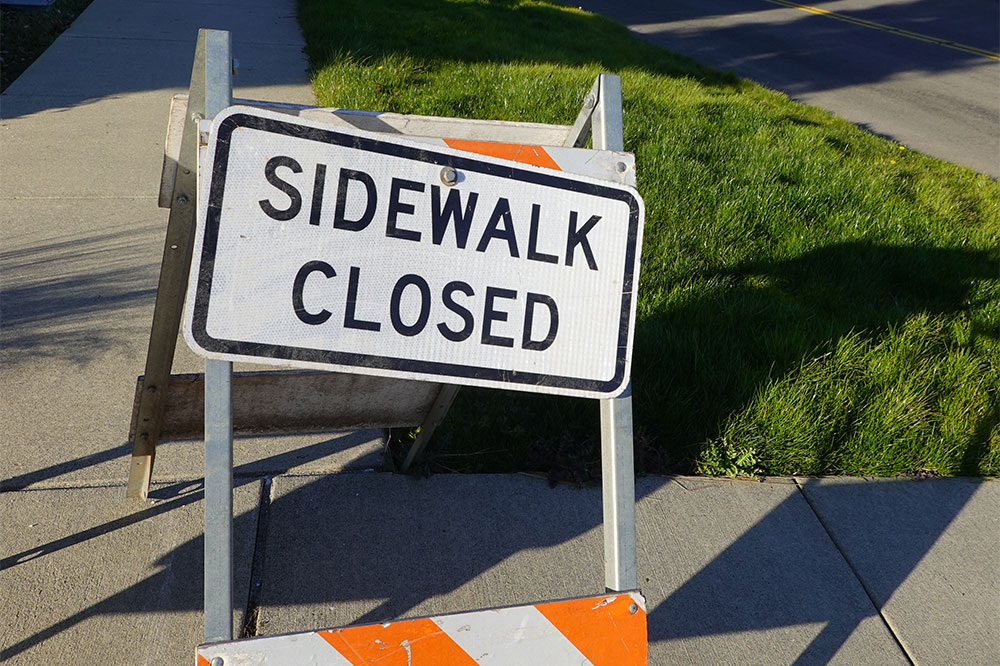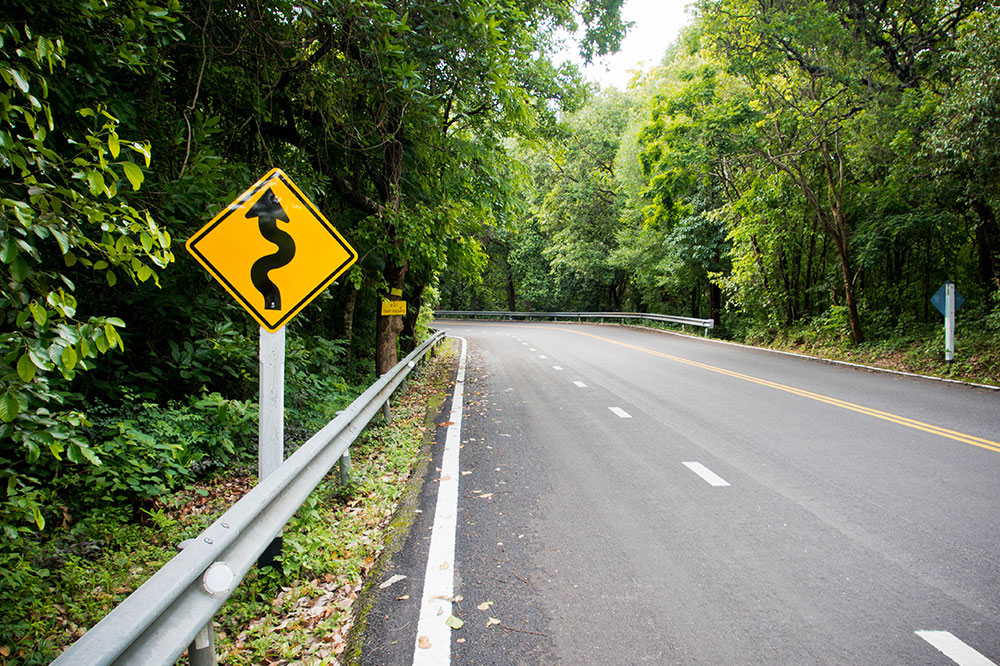Creative and Effective Pedestrian Closure Signage Solutions for Construction Zones
Discover a comprehensive guide on innovative sidewalk closure signs designed to enhance safety during construction projects. Learn about different signage types, their features, and best practices for effective traffic management, ensuring pedestrians and motorists stay safe and informed. Upgrading your signage infrastructure with modern solutions can make a significant difference in safety and operational efficiency, especially during nighttime or adverse weather conditions.

Innovative Approaches to Sidewalk Closure Signage for Enhanced Safety
Proper signage is a critical component in maintaining safety and directing pedestrian and vehicular traffic efficiently around construction zones. Clear, visible signage minimizes accidents, guides pedestrians safely, and helps drivers understand detour routes. While traditional static signs have long served this purpose, recent innovations have introduced advanced materials and dynamic display options that significantly improve visibility, especially in challenging lighting conditions. This comprehensive guide explores various types of sidewalk closure signs, their features, installation tips, and how to choose the right signage solutions for different construction environments.
1. Standard Rectangular Closure Signs
These are the most common and versatile signs used in urban and rural settings. Made from durable weatherproof aluminum, these signs are designed to withstand harsh weather conditions and repeated usage. The reflective coatings, often prismatic or diamond-grade, enhance nighttime visibility by reflecting car headlights back to drivers and pedestrians, ensuring messages are seen clearly even in low-light conditions. Customization options allow signage to include directional arrows—left, right, or double—guiding pedestrians safely across or around construction zones. Labels such as “Sidewalk Closed – Cross Here” are printed prominently in high-visibility colors, ensuring the message is unmistakable. Online retailers offer a range of sizes and configurations to fit various site requirements, making them accessible for contractors, city planners, and security teams.
2. A-Frame Closure Signs
Portable and lightweight, A-frame signs are ideal for temporary closures. Their design allows for quick deployment and repositioning without the need for mounting hardware, making them perfect for fluctuating construction activities or events requiring foot traffic rerouting. Constructed from sturdy plastic, these signs often feature metal or reinforced plastic bases to prevent tipping in windy conditions. Double-sided signage increases visibility from both directions, and the signs can be customized with various messages or directional indicators. Their portability ensures that safety officers or construction crews can adapt the signage as needed, enhancing on-site flexibility.
3. Cone-Mounted and Delineator Signs
Bright orange plastic traffic cones paired with attached delineator signs are a staple for guiding traffic and pedestrians safely through or around work zones. Their highly reflective surfaces make them visible from a distance, alerting both pedestrians and motorists of ongoing construction activities. These cones are lightweight yet sturdy, allowing quick repositioning in response to changing site conditions. The delineator signs on cones typically feature arrows, warning messages, or both, to indicate detours or restrict access. Their portability and ease of setup make them a preferred choice for quick adjustments, especially in areas with high pedestrian or vehicular flow.
4. Digital LED Closure Boards
For advanced communication needs, digital LED signs provide dynamic messaging and real-time updates. These boards can display animated alerts, flashing messages, or transitions to attract attention effectively, especially at night or in poorly lit areas. Many models are solar-powered, reducing energy costs and enabling placement in remote locations without extensive wiring. Due to their customizable display features, safety teams can update messages swiftly, providing clear instructions or detour information as construction progresses. The visibility and flexibility of LED boards make them indispensable for large-scale or complex construction sites where constant updates are necessary.
In conclusion, selecting the appropriate sidewalk closure signage depends on the construction site’s specific needs, the duration of closure, lighting conditions, and budget. From durable static signs and portable A-frames to highly visible cones and cutting-edge digital displays, a variety of solutions exist to ensure safety, compliance, and seamless traffic management around construction zones. By investing in innovative signage, contractors and city planners can significantly improve both pedestrian safety and operational efficiency.




